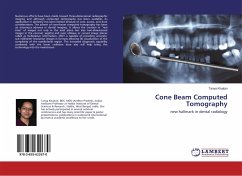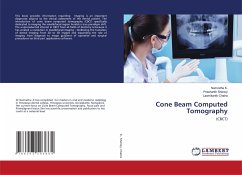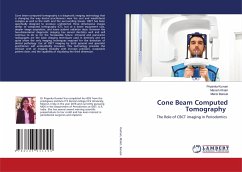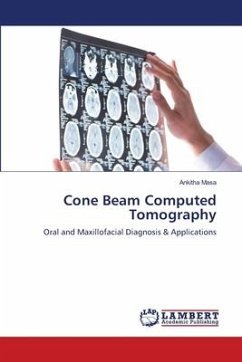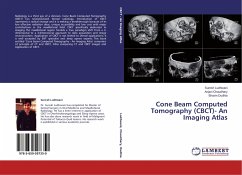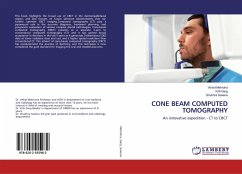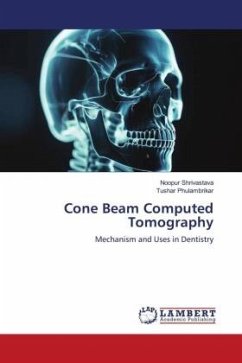Numerous efforts have been made toward three-dimensional radiographic imaging and although computed tomography has been available, its application in dentistry has been limited because of cost, access, and dose considerations. The advent of cone-beam computed tomography has been an enormous advance in dental imaging. It allows the creation in "real time" of images not only in the axial plane but also two-dimensional images in the coronal, sagittal and even oblique or curved image planes called as multiplanar reformation. CBCT is capable of providing accurate, sub millimeter-resolution images in formats allowing 3D visualization of the complexity of the maxillofacial region. The increased diagnostic capability combined with the lower radiation dose also will help bring this technology into the mainstream.
Bitte wählen Sie Ihr Anliegen aus.
Rechnungen
Retourenschein anfordern
Bestellstatus
Storno

